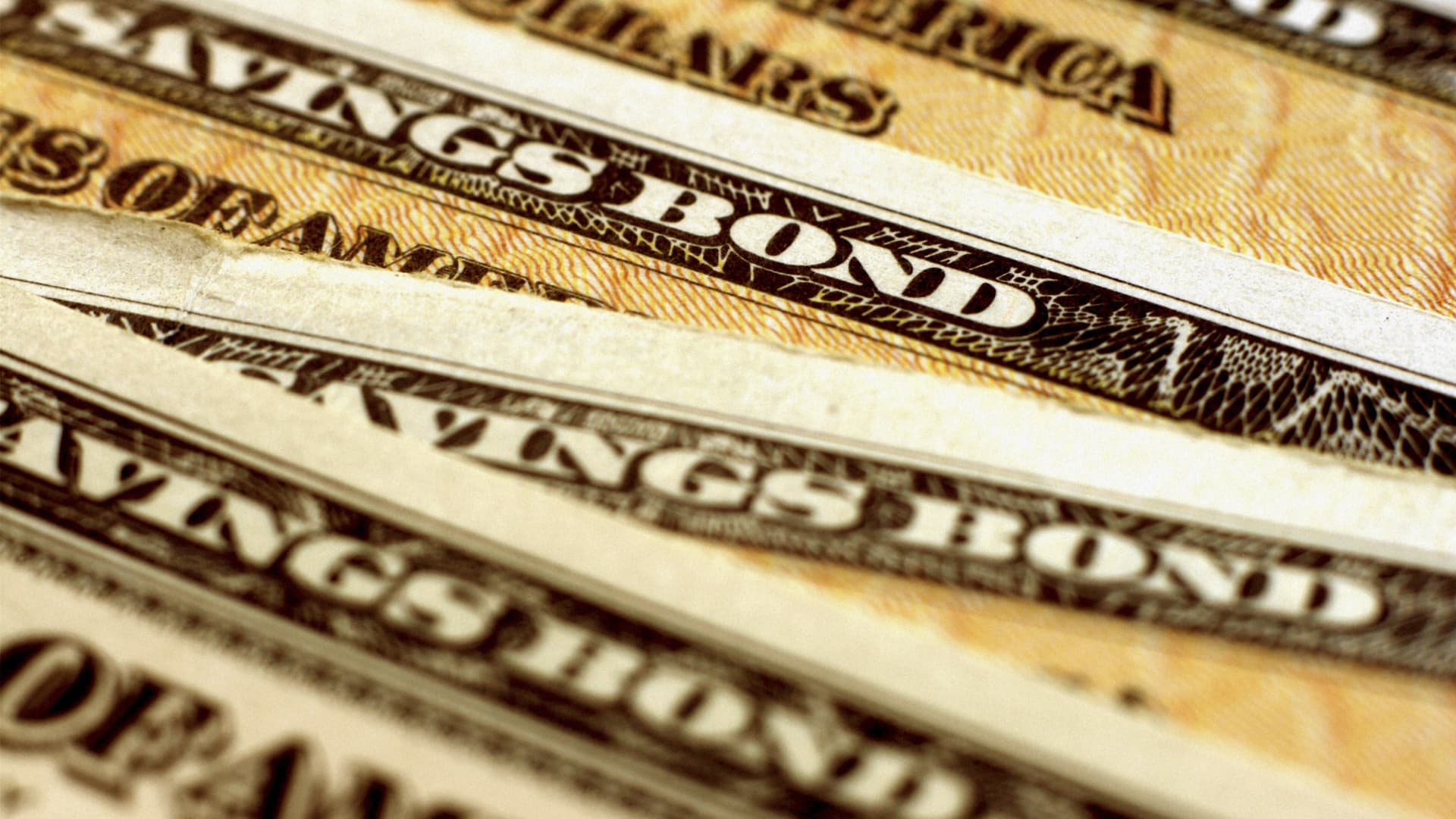Products You May Like
The U.S. Department of the Treasury announced Series I bonds will pay 5.27% annual interest from Nov. 1 through April 2024, up from the 4.3% annual rate offered since May.
Tied to inflation, investors can claim 5.27% for six months — the fourth-highest I bond rate since 1998 — by purchasing any time from Nov. 1 through the end of April 2024.
The new rate is down from 7.12% in November 2021 and a record 9.72% in May 2022 amid soaring inflation. The annual rate fell to 6.89% in November 2022.
You can buy I bonds online through TreasuryDirect, with a $10,000 per calendar year limit for individuals. You can also purchase an extra $5,000 in paper I bonds with your federal tax refund.
How to calculate I bond rates
The Treasury adjusts I bond rates every May and November, and there are two parts to I bond yields: a variable and fixed portion.
The variable rate moves every six months based on inflation, and the Treasury can change the fixed rate every six months, but that doesn’t always happen.
The fixed portion of the I bond rate remains the same for investors after purchase. The variable rate resets every six months starting on the investor’s I bond purchase date, not when the Treasury announces new rates. You can find the rate by purchase date here.
Currently, the variable rate is 3.94% and the fixed rate is 1.30%, for a rounded combined yield of 5.27% on I bonds purchased between Nov. 1 and April 30.
“The new fixed rate makes it a very good deal” for long-term investors, said Ken Tumin, founder and editor of DepositAccounts.com, which tracks I bonds, among other assets.
How new rates affect older I bonds
If you already own I bonds, your rate change depends on the bonds’ issue date.
For example, if you bought I bonds in September on any given year, your rates reset each year on March 1 and Sept. 1, according to the Treasury.
However, the headline rate may be different than what you receive because the fixed rate stays the same for the life of your bond.
What to know before buying I bonds
Before purchasing I bonds, it’s important to consider your goals, experts say.
One of the downsides of I bonds is you can’t access the money for at least one year and you’ll trigger a three-month interest penalty by tapping the funds within five years.
“I don’t consider I bonds as part of a long-term portfolio,” said certified financial planner Christopher Flis, founder of Resilient Asset Management in Memphis, Tennessee.
I bonds may make sense as a supplement to savings that you can access more quickly, such as money in a checking account, savings account or money market funds, he said.
Frequently asked questions about I bonds
1. What’s the interest rate from Nov. 1 to April 30, 2024? 5.27% annually.
2. How long will I receive 5.27%? Six months after purchase.
3. What’s the deadline to get 5.27% interest? Bonds must be issued by April 30, 2024. The purchase deadline may be earlier.
4. What are the purchase limits? $10,000 per person every calendar year, plus an extra $5,000 in paper I bonds via your federal tax refund.
5. Will I owe income taxes? You’ll have to pay federal income taxes on interest earned, but no state or local tax.
Don’t miss these CNBC PRO stories:
- Want to retire in 5 years? Here’s how to invest for it, according to the pros
- Morgan Stanley says the average stock is breaking down, S&P 500 to fall to 3,900 by year-end
- This highly profitable industry is booming as the population ages
- This chip stock is getting a ton of love from Wall Street, and it’s not Nvidia
